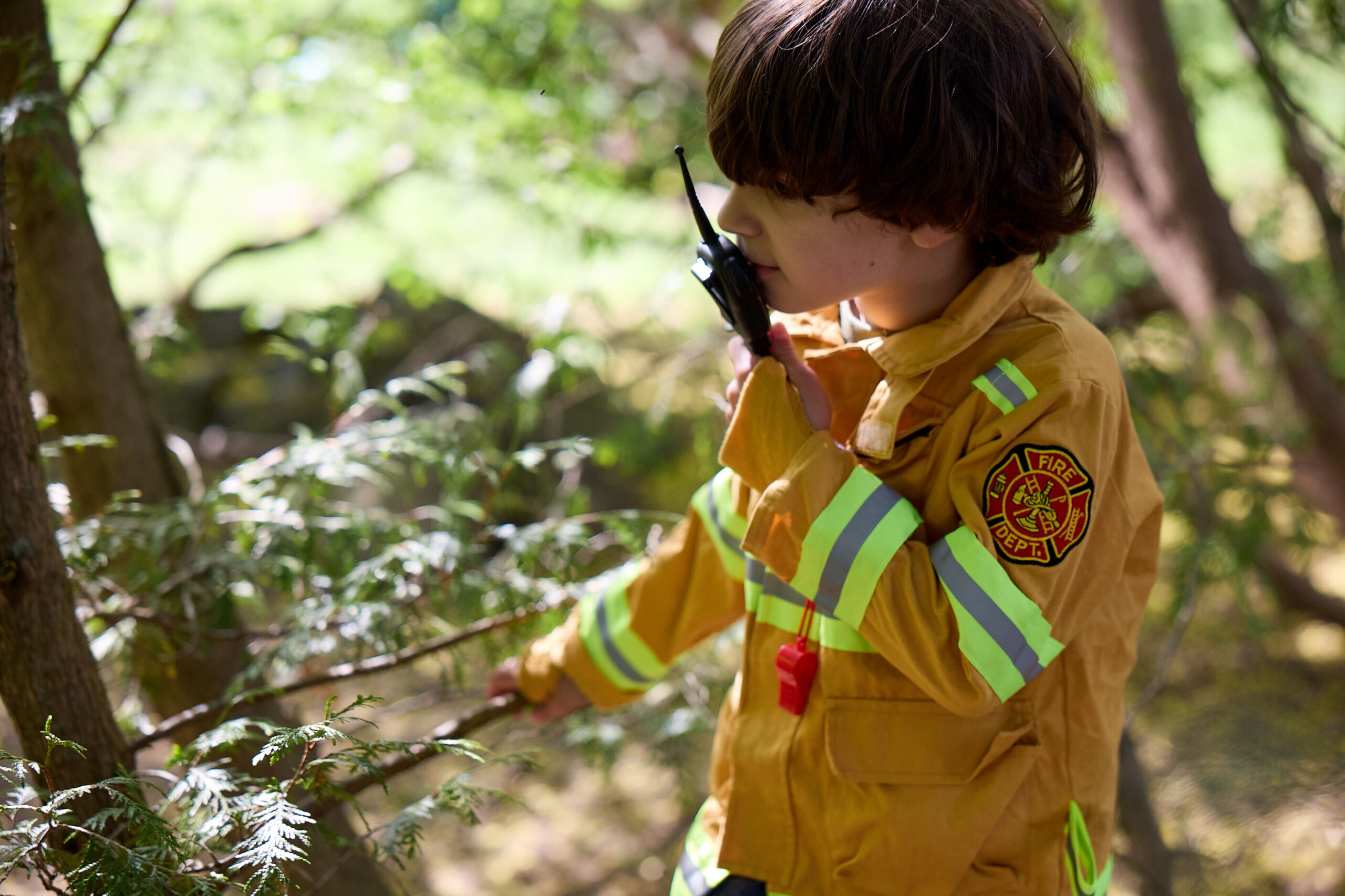Recognizing a tantrum
Has your child ever gone from 0-60 in the blink of an eye when things weren’t going their way? This type of emotional outburst can be defined as a tantrum. Tantrums vary in severity and duration. A minor tantrum, or a “hissy fit,” may involve crying, refusal to comply with a request, and general stubbornness. It’s almost as if your child has become stuck and can’t seem to move past a situation they perceive as unfair. More severe tantrums might include screaming, physical aggression, and loss of control. Things can get intense! Whatever the case may be, a tantrum means your child is not emotionally self-regulated in that moment. They have become overly frustrated, and their emotions are in the pilot seat.
Many times, tantrums are unsettling for both the child and whoever else is involved. It’s natural for parents to feel bewildered or exasperated by this problematic behavior. Kids may even feel shame or embarrassment afterward. As challenging as tantrums can be, a calm and thoughtful response from an adult helps defuse the situation and model positive behavior. Parents can also help children learn self-regulation skills that allow them to feel more in control.
Finding the meaning
Kids have tantrums when they feel a loss of control in a situation. Maybe they aren’t getting their way or could be “off-kilter” for any number of reasons. When they feel out of control, intense emotions flood in and send their bodies into overdrive. Additionally, sometimes kids have trouble accurately sizing up a problem (e.g. not getting to be line leader seems like the end of the world) or they are using what is referred to as absolute thinking (“You NEVER let me do what I want!”) which results in an over-reaction.
Having a temper tantrum from time to time is developmentally appropriate. However, if your child is tantruming regularly, it could mean something more. Tantrums are common in children who have difficulty self-regulating their emotions. Children with anxiety, ADHD, or autism may be more prone to these types of outbursts. Some parents find it helpful to keep a log or jot down what they notice when their child has a tantrum. Consider what happened right before the tantrum, the type of environment, and how your child was feeling that day. This type of information can give helpful clues when trying to understand the meaning of a tantrum.
Responding to your child
A calm response, gentle redirection, and even intentionally ignoring negative behavior are often effective at de-escalating the situation. Of course, if safety is a concern, you have to intervene. Once things have settled down, you can reflect with your child on what they could have done to stay calm and offer them some perspective. Try not to give in or negotiate, this will only reinforce the behavior and communicate that having a tantrum is a way to regain control. Tantrums are tough! Thankfully, there are many effective tools to help children learn the self regulation skills they need.

















